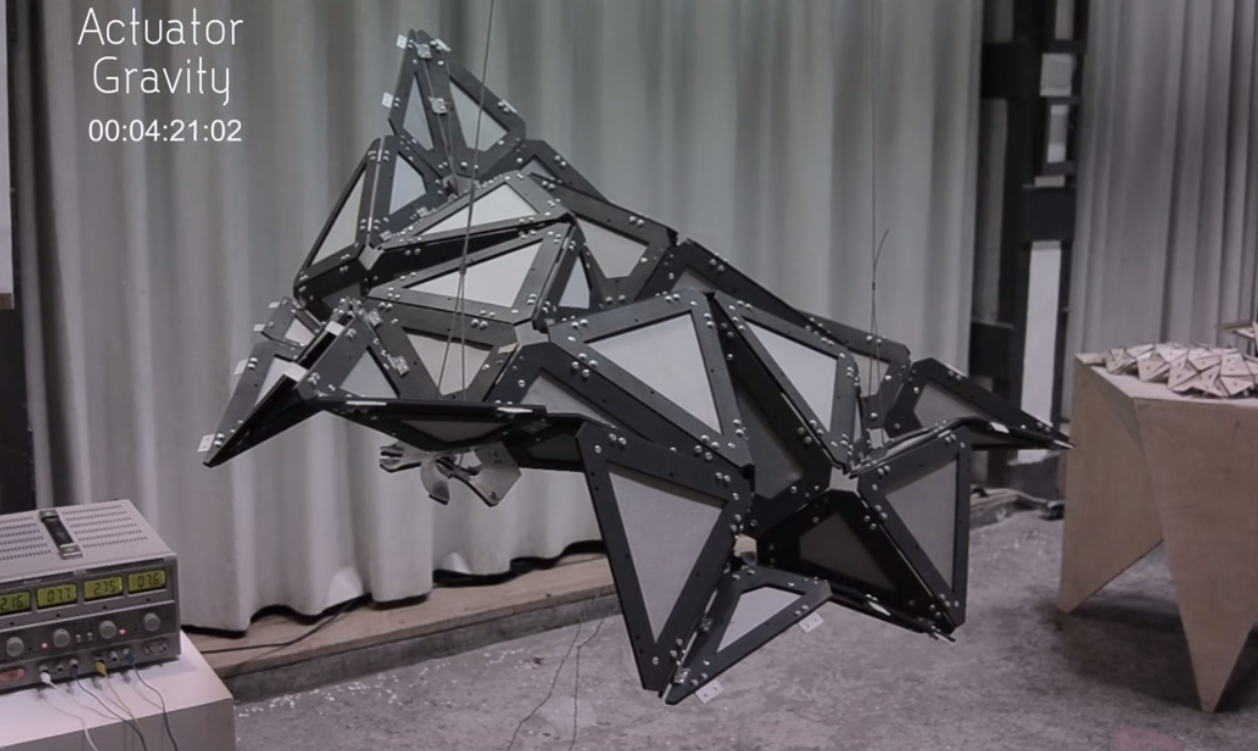Students in Barcelona wanted to explore how physical spaces could someday morph based on various environmental inputs. The result: a material dubbed Translated Geometries, which Wired describes as a composite material using shape memory polymers that can deform and return to their original state when activated by cues like heat, humidity, and light.
The students at the Institute for Advanced Architecture of Catalunya—Ece Tankal, Efilena Baseta, and Ramin Shambayati—told Wired that the invention is a toward “an architecture that isn’t so rigid, that tries to be more attuned with its environment.”
Wired writer Liz Stinson argues that adaptable modular components could save on material by serving dual purposes.
To learn how this composite works, read the full story on Wired, and watch the video below.
?ranslated Geometries from Efilena Baseta on Vimeo.
Related Stories
| Aug 19, 2011
Enhanced acoustical design
Ambient noise levels in some facility types are trending up and becoming a barrier to clear communication between building occupants.
| Jul 22, 2011
The Right Platform for IPD
Workstations for successful integrated project delivery, a white paper by Dell and BD+C.
| Jul 22, 2011
High-performance windows and doors
Learning objectives After reading this article, you should be able to: Understand issues of thermal performance and energy efficiency in relation to window and door systems; describe optimal detailing of the window-wall interface and how it contributes to building performance, sustainability, and occupant well-being; understand how durability contributes to sustainable windows/doors; and list sustainable O&M requirements for window and door systems.
| Jul 21, 2011
Falling Architecture Billings Index reflects decrease in design demands
This months Architecture Billings Index (ABI), provided by the American Institute of Architects, is almost a full point lower than last month’s reported score. June’s reading of 47.2 was short of the required 50 to achieve billings increases, making July’s reading of 46.3 an unwelcome sign of market tidings.
| Jun 29, 2011
New leadership role for architects in net-zero design
BD+C Editorial Director Rob Cassidy talks with RNL Design's Tom Hootman, AIA, about the changing role of architects in net-zero designs.














